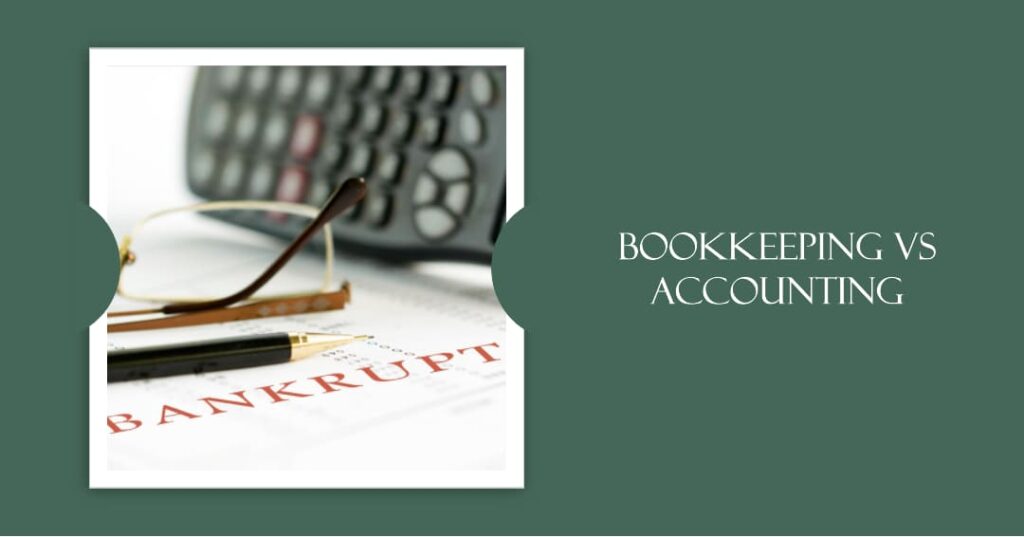Introduction: Managing the Disposal of Fixed Assets in Bookkeeping
Fixed assets, such as buildings, machinery, vehicles, and equipment, are long-term investments for businesses. Over time, these assets may become obsolete, damaged, or no longer needed. When it’s time to part ways with a fixed asset, proper handling in bookkeeping is crucial. This article explores how to effectively manage the disposal of fixed assets in bookkeeping.
1. Identify the Asset for Disposal:
Managing the Disposal of Fixed Assets in Bookkeeping
The first step is to identify the fixed asset you intend to dispose of. Document its details, including the original cost, acquisition date, accumulated depreciation, and current book value. This information is vital for accurate bookkeeping.
2. Determine the Disposal Method:
Managing the Disposal of Fixed Assets in Bookkeeping
There are several ways to dispose of a fixed asset, each with its own bookkeeping treatment. The common methods include selling, scrapping, exchanging, or donating the asset. The method chosen should align with your business goals and financial needs.
3. Calculate the Gain or Loss:
Managing the Disposal of Fixed Assets in Bookkeeping
If you’re selling the asset, calculate the gain or loss on the disposal. To do this, compare the proceeds from the sale to the asset’s carrying amount (book value). If the proceeds are higher, you have a gain; if lower, you have a loss.
4. Update the Asset Register:
Managing the Disposal of Fixed Assets in Bookkeeping
Amend your fixed asset register to reflect the disposal. This involves reducing the asset’s value on the books to its sale price or disposal value. Make a clear note of the disposal date and method.
5. De-Recognize Accumulated Depreciation: Managing the Disposal of Fixed Assets in Bookkeeping
In the case of a sale or exchange, remove the accumulated depreciation associated with the asset from the books. This ensures that you don’t continue depreciating an asset you no longer own.
6. Record the Journal Entry: Managing the Disposal of Fixed Assets in Bookkeeping
Create a journal entry to account for the disposal. The specific accounts you use will depend on the nature of the disposal. Here’s a general example:
For a sale:
Debit: Cash or Accounts Receivable (for the sale proceeds)
Debit: Accumulated Depreciation (to remove it from the books)
Debit: Loss on Disposal (if there’s a loss)
Credit: Fixed Asset (to remove the asset from the books)
For scrapping:
Debit: Accumulated Depreciation
Debit: Loss on Disposal (if there’s a loss)
Credit: Fixed Asset
For donating:
Debit: Accumulated Depreciation
Credit: Fixed Asset
7. Report the Disposal in Financial Statements: Managing the Disposal of Fixed Assets in Bookkeeping
Ensure that the disposal is appropriately reflected in your financial statements. The gain or loss should be included in the income statement. Additionally, disclose the details of the disposal in the notes to the financial statements.
8. Tax Considerations:
Managing the Disposal of Fixed Assets in Bookkeeping
Be aware of tax implications associated with asset disposal. Depending on your location and tax regulations, you may need to account for capital gains or losses. Consult with a tax professional to ensure compliance.
9. Documentation: Managing the Disposal of Fixed Assets in Bookkeeping
Keep thorough records of the disposal, including invoices, sales contracts, and any relevant correspondence. These documents are essential for audits and tax purposes.
10. Reallocate Resources: Managing the Disposal of Fixed Assets in Bookkeeping
Once the asset is disposed of, consider how to reallocate the resources it frees up. You might reinvest in new assets, pay down debt, or allocate funds to other areas of your business.
Properly handling the disposal of fixed assets in bookkeeping ensures that your financial records accurately reflect your business’s current assets and liabilities. It also helps you make informed decisions about future investments and resource allocation. Whether it’s through a sale, scrapping, exchange, or donation, diligent bookkeeping practices are essential to maintain financial transparency and compliance


